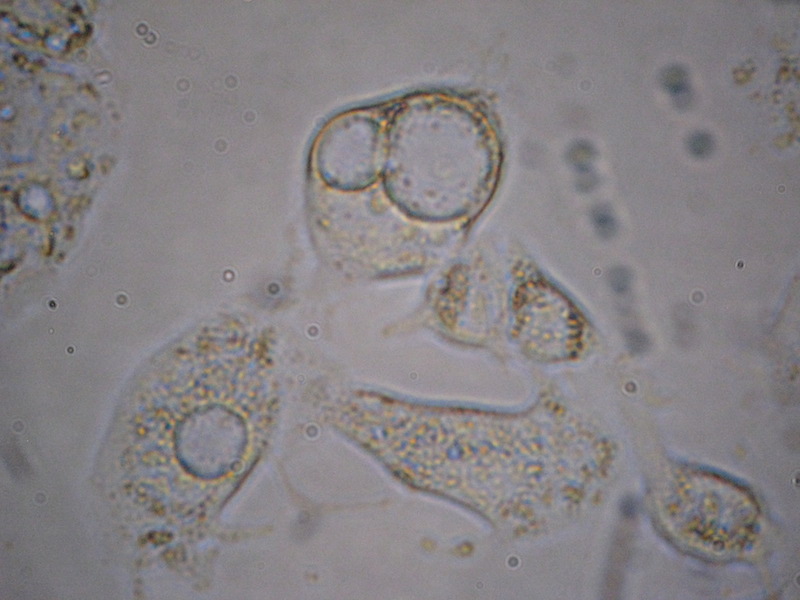Primary Hepatocellular Carcinoma Perpetual Cell Line
Reference cell-lines compiled by Laboratorio de Genómica Viral y Humana.
Hep-G2
Hep G2 is a perpetual cell line which was derived from the liver tissue of a 15-year-old Caucasian
American male with a well-differentiated hepatocellular carcinoma. These cells are epithelial in
morphology, have a modal chromosome number of 55, and are not tumorigenic in nude mice. The cells
secrete a variety of major plasma proteins such as albumin, transferrin, and the acute-phase proteins
fibrinogen, alpha 2-macroglobulin, alpha 1-antitrypsin, transferrin, and plasminogen.They have
been grown successfully in large-scale massive tissue culture systems. Hepatitis B virus surface antigens
have not been detected in this cell line. HepG2 will respond to stimulation with human growth hormone.
HepG2 cells are a suitable in vitro model system for the study of polarized human hepatocytes.
With the proper culture conditions, HepG2 cells display robust morphological and functional
differentiation with a controllable formation of apical and basolateral cell surface domains
that resemble the bile canalicular and sinusoidal domains.
Because of their high degree of morphological and functional differentiation HepG2 cells
are a suitable model to study the intracellular trafficking and dynamics of bile canalicular and
sinusoidal membrane proteins and lipids in human hepatocytes in vitro.
HepG2 cells and their derivatives are also used as a model system for studies of liver metabolism
and toxicity of xenobiotics, the detection of environmental and dietary cytotoxic
and genotoxic (and thus cytoprotective, anti-genotoxic, and cogenotoxic) agents, understanding
hepatocarcinogenesis, and for drug targeting studies.
Species: Homo sapiens
Sex: Male
Source tissue: Primary hepatocellular carcinoma
Karyotype: 50 XY
Amelogenin: X,Y
CSF1PO: 10,11
D13S317: 9,13
D16S539: 12,13
D5S818: 11,12
D7S820: 10
THO1: 9
TPOX: 8,9
vWA: 17
Day +10 after culture, 4x amplification
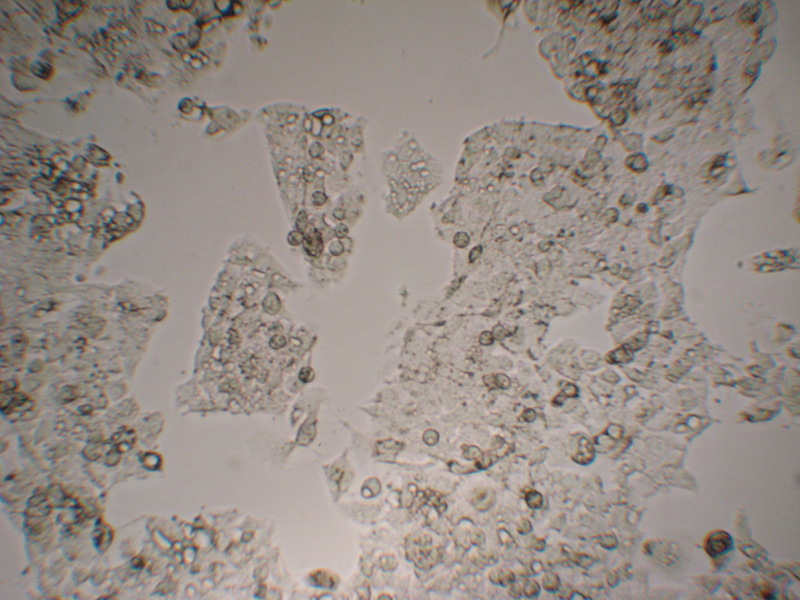
Day +15 after culture, 4x amplification
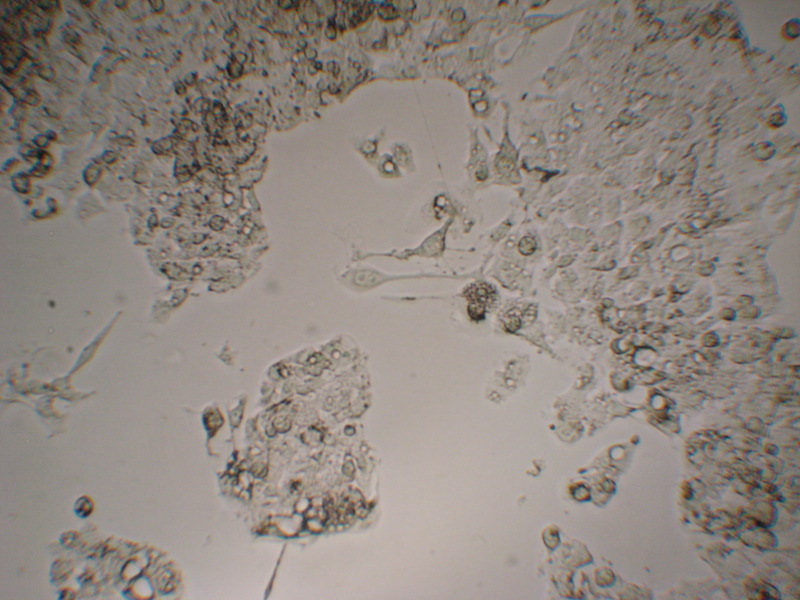
Day +10 after culture, 10x amplification, phase contrast
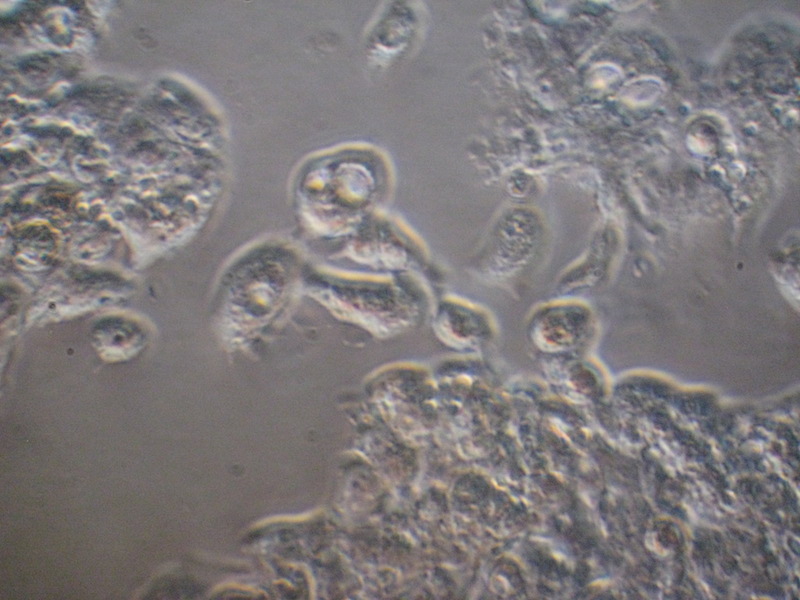
Day +15 after culture, 10x amplification, phase contrast
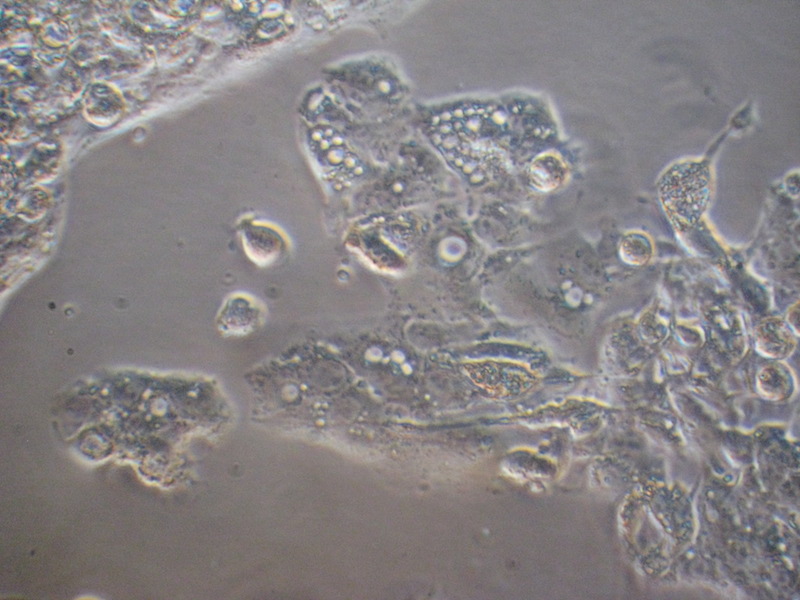
Day +15 after culture, 25x amplification, phase contrast
